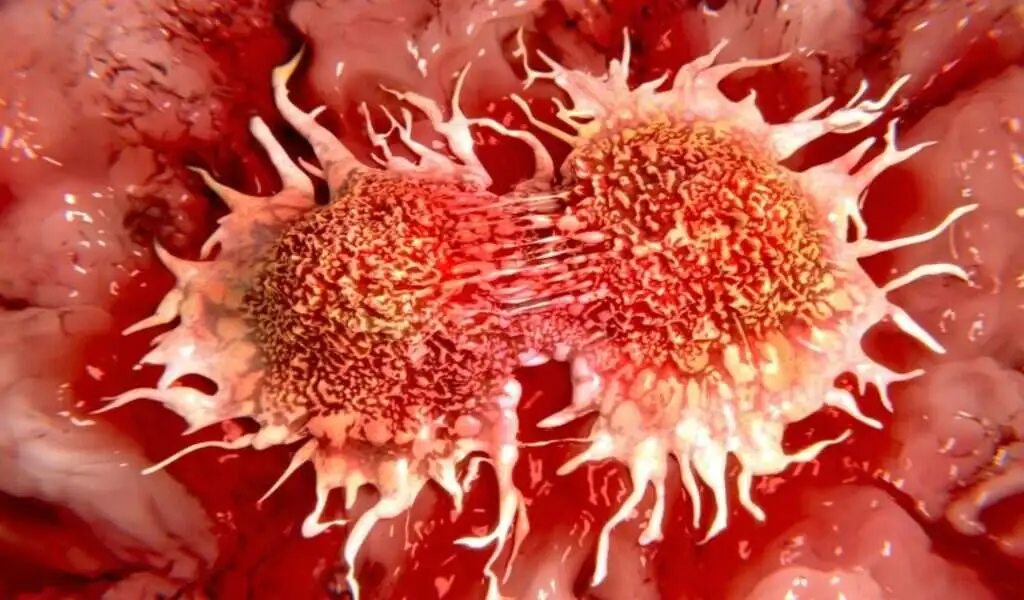Health
Screening For Breast Cancer Is Effective Based On Detection Methods

(CTN News) – Journal of the American College of Radiology researchers found that standardizing breast cancer detection methods across practice sites is feasible.
Researchers from Duke University in Durham, NC, led by Sujata Ghate, MD, found that the study results could provide valuable information about screening in the U.S.
It may be possible to determine how screening mammography and supplemental screening options (ultrasound, MRI) contribute to reductions in mortality and morbidity from breast cancer by collecting method of detection data in the future.
According to the American College of Radiology (ACR) and the U.S. The American Cancer Society (ACS) and the Preventive Services Task Force, screening mammography at the age of 40 is the most effective method to prevent cancer. However, the group explained that there are disagreements regarding the risks and benefits of screening and what age is the best time to begin screening.
In its conclusion, it wrote, “[These] disagreements have led to conflicting recommendations that confuse patients and providers and miss opportunities to save lives.”
Breast cancer detection is tracked in some countries,
Whether screening with mammography or clinical examination. Using this tracking, breast cancer care can be adapted to changing technologies and populations, according to the group, which noted that U.S. databases that include breast cancer cases do not include information about how the cancer was detected.
“Without patient-specific data on the initial method of detection, national organizations turn to models based on historical data and variable assumptions that are subject to bias,” the report reads.
Through a study assessing the rate of assignment of breast cancer methods of detection in four health systems in four different U.S. geographical areas (Mid-Atlantic, South, Midwest, Pacific Northwest), Hate and colleagues evaluated whether patient-specific methods of breast cancer detection were feasible for inclusion in reports and registries.
A total of 2,328 patients were included in the study who were diagnosed with breast cancer between July 2020 and June 2022. A final categorization of BI-RADS 4 or 5 was assigned to radiologists at each of the four sites, and Ghate and colleagues reviewed patient charts to determine how often and how accurately a method of detection was assigned to all patients.
Detection methods included screening mammography in asymptomatic patients, patient or provider self- or clinical examination, or alternative methods (such as CT imaging with incidental findings).
In 94% of cases, the detection method was assigned by the radiologist and 96% were confirmed to be accurate by retrospective review.
“Our diverse pilot sites used different radiology information software systems, specialist and generalist radiologists, academic and community facilities, and a variety of dictation systems, but were still able to enter the appropriate detection method consistently and correctly, indicating that widespread assignment of [method of detection] may be possible and successful,” concluded the team.
SEE ALSO:
Here are 5 Ramadan Fitness Tips





























